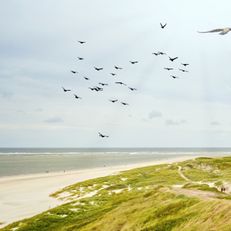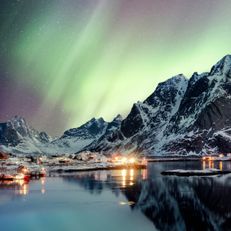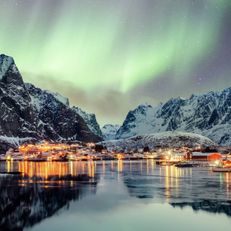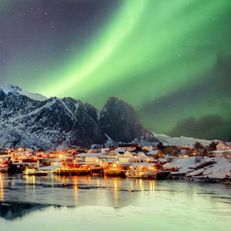Culture in Norway
Cultural Experiences in Scandinavia
Norway's culture is a fascinating blend of ancient traditions and modern influences, reflected in its rich cuisine, diverse festivals, and unique customs.
From the deep fjords to the Nordic mountains, the breathtaking nature not only shapes the way of life but also the culinary specialties of the country. Traditional dishes like lutefisk and brunost stand alongside innovative gastronomic experiences that highlight local ingredients.
At the same time, traditional festivals such as the National Day on May 17th and the Midsummer festival Jonsok offer insights into the historical and cultural roots of Norwegians. These celebrations, together with modern festivals that celebrate music, art, and community, showcase the vibrant diversity and openness of Norwegian society.
Norwegian Cuisine
Norwegian cuisine is characterized by its close connection to nature, with a strong focus on fresh, local ingredients from the sea and mountains. Traditional, simple preparations meet modern innovations, with preserved and seasonal foods playing a central role.
Five typical dishes from Norway
Norwegian dishes represent a wide range of flavors and preparation methods, from fermented fish to hearty stews.
1. Lutefisk
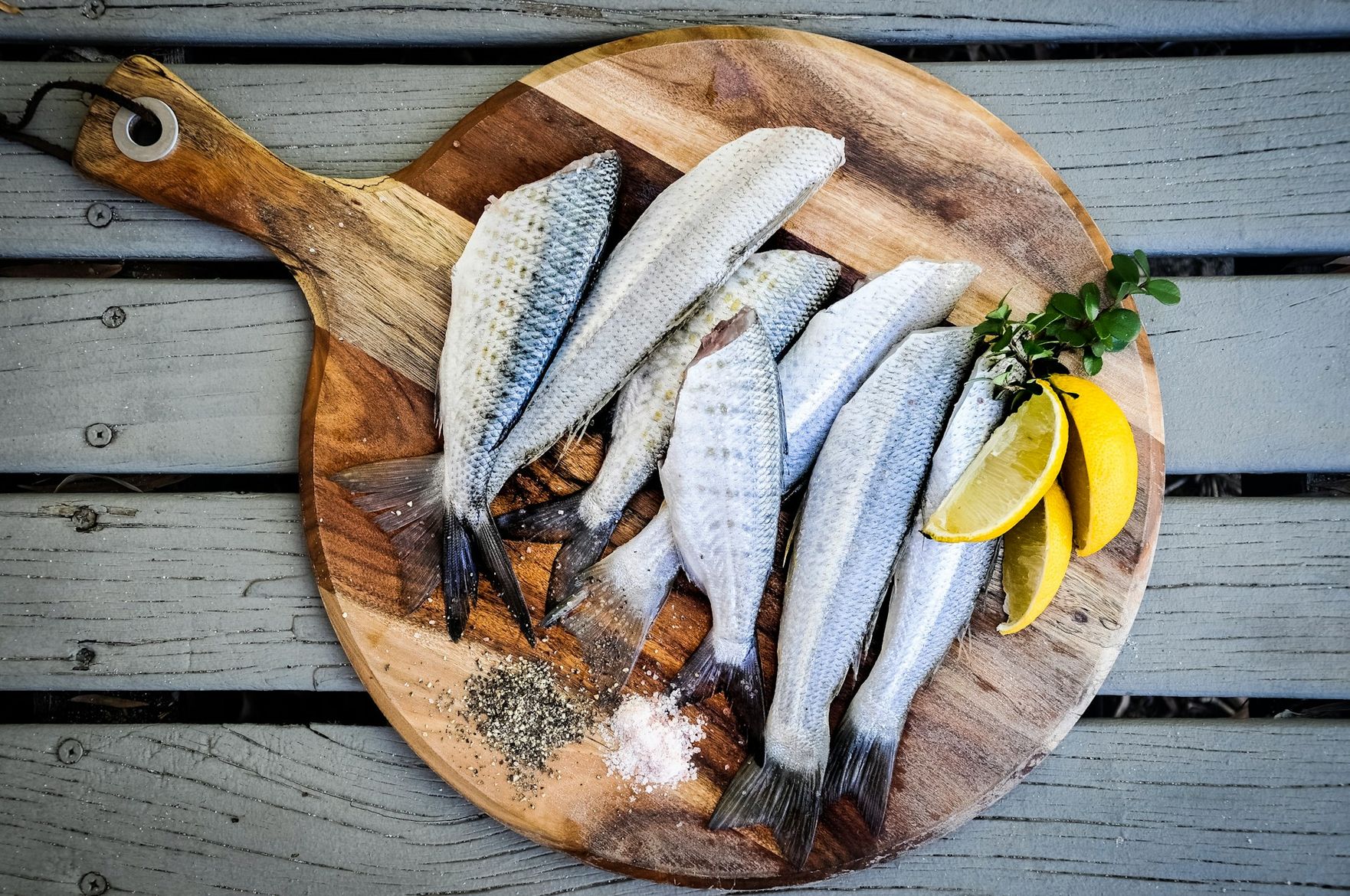
Lutefisk is a traditional Norwegian dish made from dried fish, usually cod, which is soaked in lye and then cooked. This unique preparation method gives the fish a gelatinous texture. Lutefisk is typically served with potatoes, pea purée, and sometimes bacon, making it a truly classic dish during the Norwegian winter season.
2. Fårikål

Fårikål is a national dish of Norway and symbolizes the simplicity of Scandinavian cuisine. It consists of just a few ingredients: lamb, white cabbage, pepper, and a bit of salt. All the ingredients are slowly cooked into a hearty stew. This dish, traditionally enjoyed in autumn, brings together family and friends during the harvest season.
3. Kjøttkaker

Kjøttkaker are hearty Norwegian meatballs and form a cornerstone of traditional Norwegian cuisine. They are similar to the globally known Swedish meatballs (köttbullar), but are usually larger and seasoned with a different spice mix.
The juicy meatballs are made from a mixture of ground meat, onions, and spices, and are served in a rich gravy. They are often accompanied by potatoes, pea purée, or beetroot salad.
4. Brunost

Brunost (brown cheese) is a distinctive Norwegian cheese with a characteristic brown color and a sweet, slightly caramelized taste. It is made from the whey of cow, goat, or sheep milk, which gives it a unique depth of flavor. Brunost is a popular topping for bread or crispbread and a delicious ingredient in various dishes.
5. Rømmegrøt
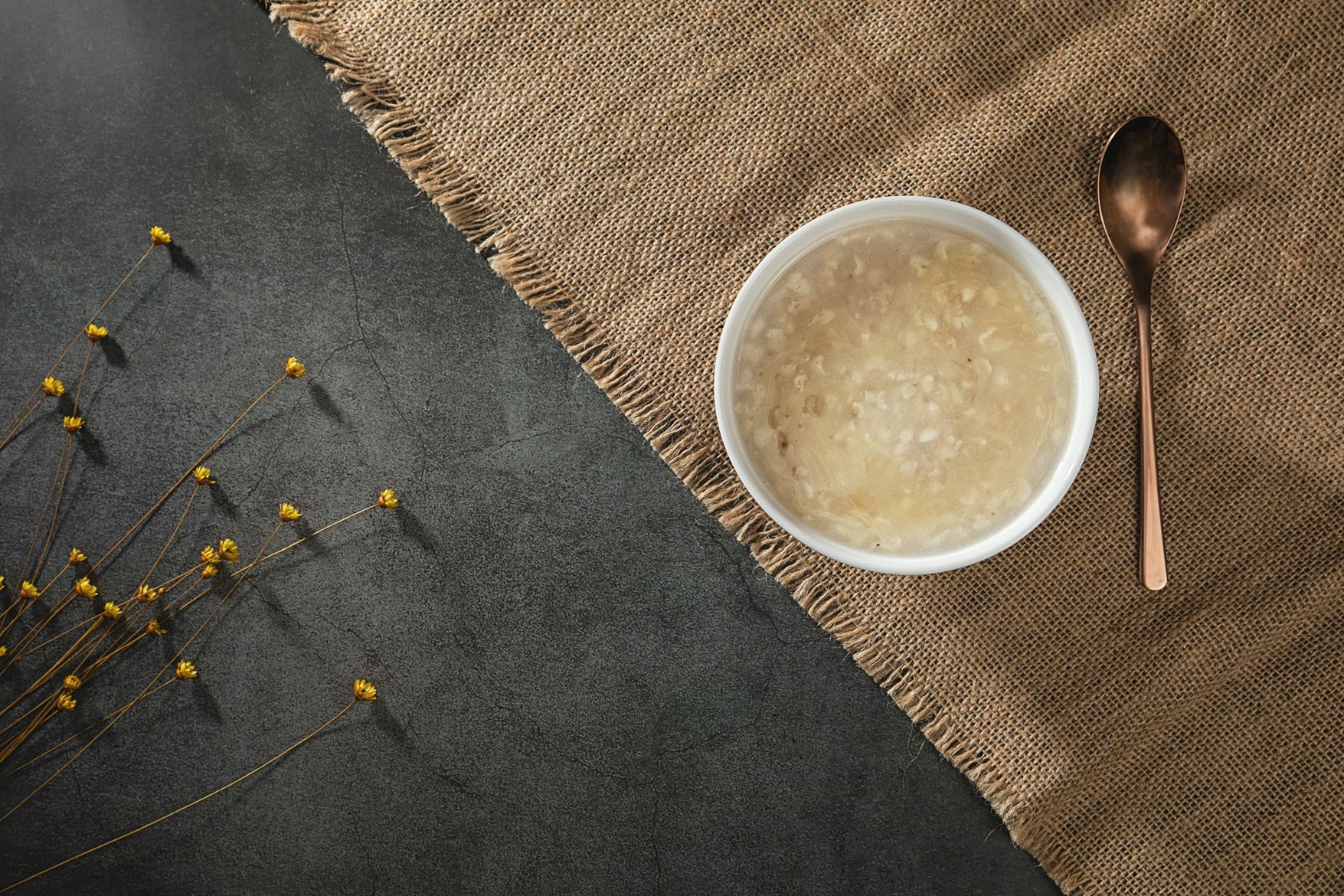
Rømmegrøt is a sweet dish made from sour cream, whole milk, and wheat flour. This rich, creamy dish is served with a generous amount of melted butter, sugar, and cinnamon. Rømmegrøt is especially popular during Norwegian holidays and celebrations, where it provides warmth and comfort.
Drinks
Coffee

Norway has a strong coffee culture. Norwegian coffee consumption is among the highest in the world. Coffee is consumed on almost every occasion and holds a firm place in social life. It is often served black.
Gløgg

Gløgg is a Norwegian mulled wine traditionally enjoyed during the Christmas season. It is made from red wine, spices such as cloves and cinnamon, and additional alcohol like vodka or aquavit. It can also be garnished with raisins and chopped almonds.
Traditional Festivals and Customs
Norway has a rich tradition of festivals and customs, often deeply rooted in the country's history and culture. These festivals and customs reflect the Norwegians' deep connection with the seasons and nature, from the sunlit summer solstice to the cozy and contemplative Christmas season.
Jonsok (Midsummer)
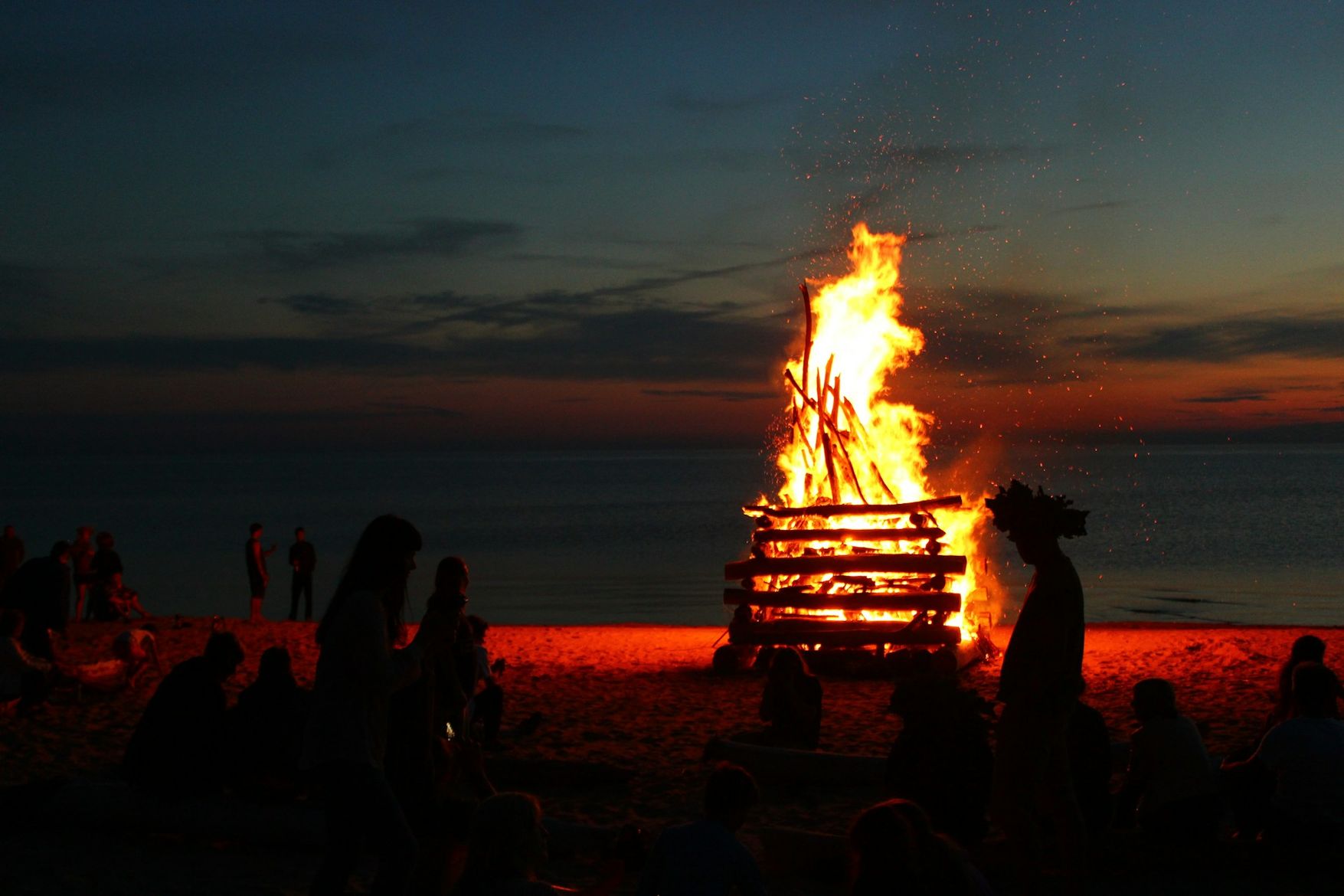
The Norwegian Midsummer celebration, Jonsok, is also known as St. Hansaften. The celebration is held on June 23rd to honor the summer solstice. Traditionally, the festivities include bonfires on the beach or by the lakeside, boat trips, and social gatherings with friends and family.
Jul (Christmas)

The Norwegian Christmas season is full of traditions, from Advent to Christmas Eve. Typical customs include baking Christmas cookies, the Julenissen (Santa Claus), Christmas markets, and decorating the Christmas tree. Christmas Eve on December 24th is the main holiday, when families come together to enjoy a festive meal and exchange gifts.
Easter Celebrations
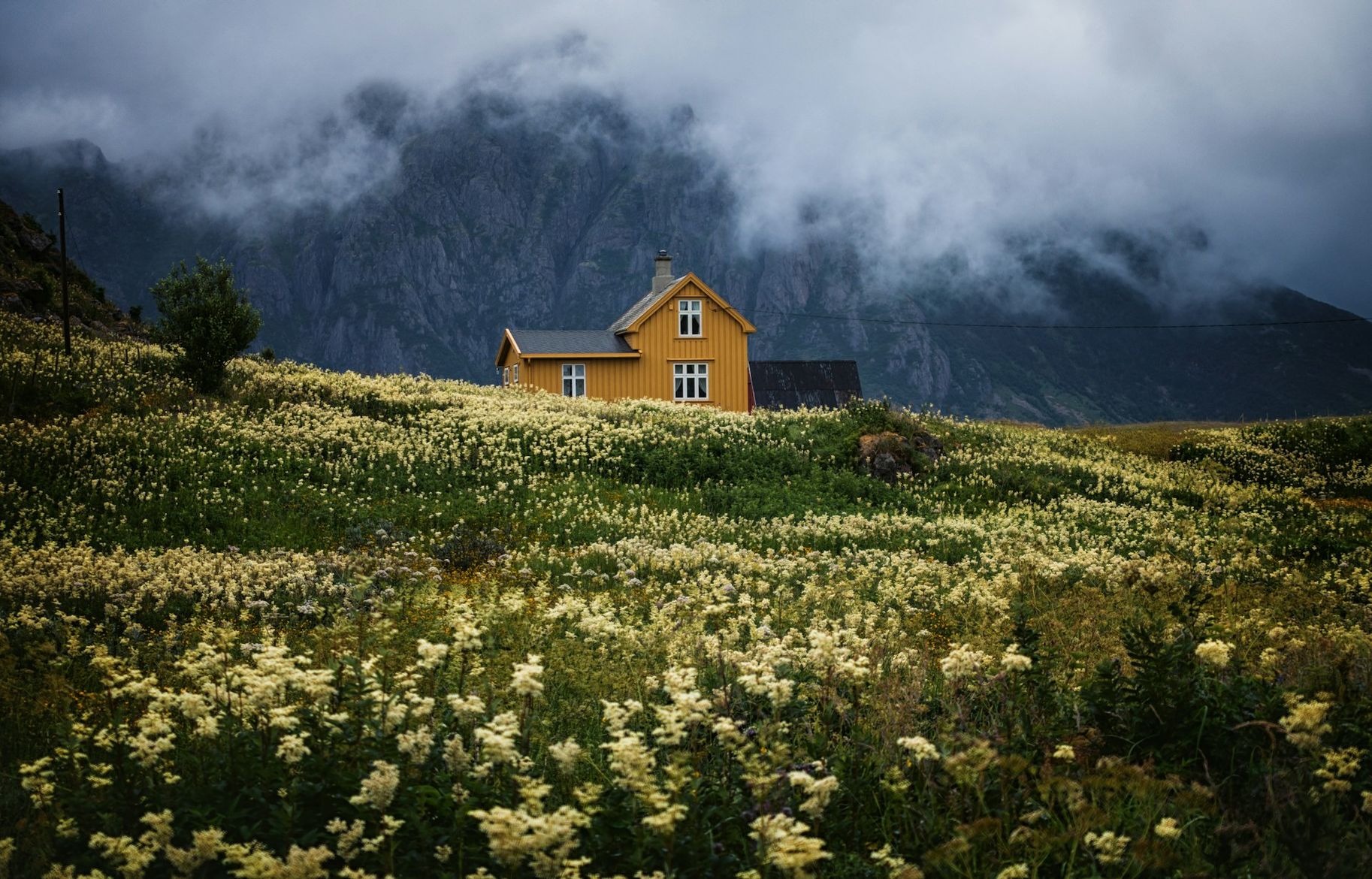
Easter is celebrated in Norway both as a religious and a seasonal festival. Particular focus is placed on outdoor activities such as skiing in the mountains and staying in cabins. Traditional foods and reading crime novels and detective stories, known as "Påskekrim," are also part of the celebrations.
Experience Norway Up Close
Norwegian culture is shaped by a deep connection with nature and a strong sense of community. Through the intertwining of historical customs, culinary traditions, and the celebration of diversity, Norway displays a unique identity that fascinates and inspires both visitors and residents alike.
Are you ready to gather new cultural impressions in Scandinavia?
Learn more about toll regulations in Norway so you can travel stress-free throughout the country.

